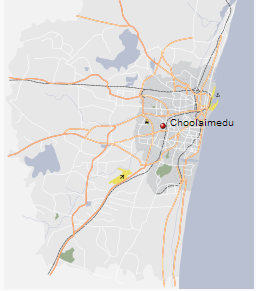Chandigarh to use spray technology and battery for better utilisation of Solar Power
 As per reports, houses in the city of Chandigrah may soon have battery rooms dedicated for better utilisation of solar power. Chandigarh is taking strides in the field of solar power and was declared as model solar city recently. Solar battery dedicated rooms are used in Germany.
As per reports, houses in the city of Chandigrah may soon have battery rooms dedicated for better utilisation of solar power. Chandigarh is taking strides in the field of solar power and was declared as model solar city recently. Solar battery dedicated rooms are used in Germany.
Chandigarh administration would also explore “Silicon Spray technology” which is a new method to develop solar panels at much reduced prices. The method is pretty simple and consists of spray coating a photovoltaic active layer which is very similar to spraying regular paint. This results in highly reduced costs. Much research in the field is devoted to bring up efficiencies and make the products durable.
Materials generally used for manufacture of photovoltaics include monocrystalline silicon, polycrystalline silicon, microcrystalline silicon, cadmium telluride, and copper indium selenide/sulfide. The photovoltaic effect refers to photons knocking electrons into a higher state of energy that leads to production of electricity. Polycrystalline silicon is sometimes used in an attempt to cut manufacturing costs but the disadvantage is that the resulting cells aren’t as efficient as single crystal silicon.
Thin-film deposits for making solar panels have been in production for some time, there are different technologies/semiconductor materials under investigation or in mass production, such as amorphous silicon, poly-crystalline silicon, micro-crystalline silicon, cadmium telluride, copper indium selenide/sulfide. Nano crystal solar cells are considered to be the next generation of solar cells that may bring about a revolution in solar power.
At a review meeting of solar city project, Shivraj Patil directed the senior UT senior officials to install SPV power plants on all Government schools and colleges within minimum possible time, wherever technically feasible. Santosh Kumar, Director Science and Technology Department informed about the latest innovation in battery storage taking place in Germany where 1 MW size battery can be housed in a cabinet of size 15”x12”x10”.
Santosh Kumar, director, science and technology department, told Patil that solar photovoltaic power plant projects at eight different government buildings have been commissioned, totaling about 500kw capacities.
Reference and further reading;


